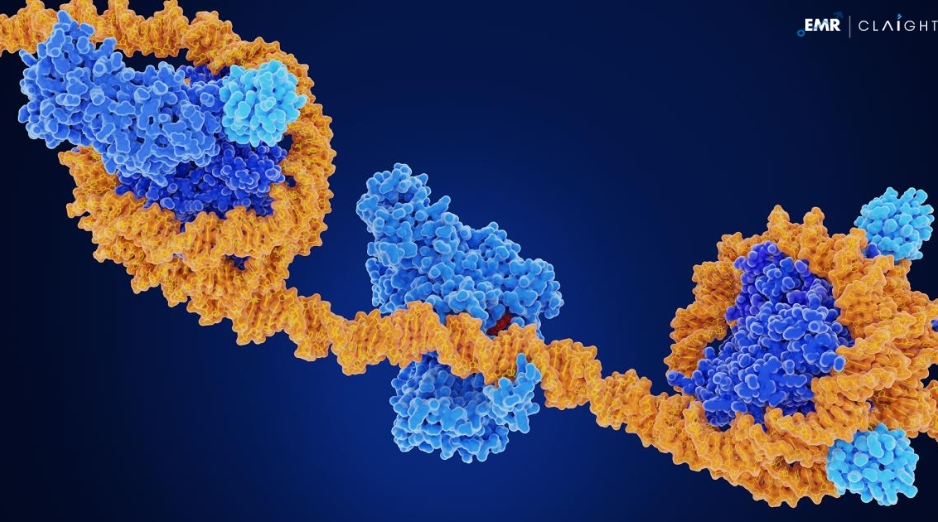Understanding Ovulation: Key to Managing Your Reproductive Health
Tracking your menstrual cycle is the first step toward understanding your reproductive health. One of the key phases of this cycle is ovulation, as it plays a significant role in fertility and overall reproductive health.
The process of ovulation refers to the release of an egg from the ovary, occurring midway through the menstrual cycle. While most women would be familiar with the concept of ovulation, this blog will explore the connection between ovulation and egg quantity to help you make more informed decisions about your fertility and pregnancy planning.
What is Ovulation?
The average menstrual cycle is 28-35 days and there are only few days during the cycle when a woman is most likely to conceive. Understanding ovulation can provide greater insights into a woman’s fertility windows.
Ovulation usually happens between days 11 and 21 of your cycle; the timing can vary from person to person. A hormone called luteinizing hormone (LH) surges and triggers the ovaries to release a mature egg, which then travels down the fallopian tube. This is the place where fertilization may occur if sperm is present.
If no sperm fertilizes the egg within 12 to 24 hours, the egg disintegrates, and the woman will eventually have her menstrual bleeding.
Signs of Ovulation
Knowing the signs of ovulation can help you plan or avoid pregnancy. Some common signs include:
- Changes in Cervical Mucus: Cervical mucus is a vaginal fluid produced by your cervix. Around ovulation, the fluid increases and becomes more slippery. This helps sperm travel more easily to the egg.
- Basal Body Temperature Increase: Your body temperature increases slightly during ovulation (typically about 0.5 to 1 degree). This slight rise can signal ovulation. Tracking your temperature every morning can help you predict ovulation. However, it is recommended to track your cycle for 6 months to get a clear pattern.
- Mild Abdominal Pain (Mittelschmerz): Some women experience mild pain or cramping on one side of the abdomen during ovulation. This discomfort is caused by the egg being released from the ovary.
- Increased Libido: Hormonal fluctuations during ovulation can increase your libido. This is also a natural way the body boosts the chances of conception.
Ovulation and Egg Quantity
Egg quantity is one of the key factors to determine the reproductive health of a woman. Every woman is born with a finite number of eggs, typically around one to two million. The number of eggs released are only 300 to 400 through ovulation during their lifetimes.
Not only the quantity but also the quality of eggs decline with age. By puberty, a woman has approximately 300,000 to 400,000 eggs left, which further reduces by the time she reaches her mid-to-late 30s.
Understanding egg quantity is essential when considering fertility options. Women who wish to conceive later in life or are experiencing fertility challenges may want to explore methods like egg freezing, fertility treatments, or even consult with healthcare professionals to assess their ovarian reserve.
The quantity of eggs directly correlates with fertility potential. Having many eggs doesn’t ensure pregnancy. However, fewer eggs, especially after 35, lower the odds.
Factors That Affect Ovulation
Several factors can influence the timing of ovulation and a woman’s overall fertility.
- Age: Egg quantity decreases with age. The decline in the number of healthy eggs can lead to irregular ovulation and reduced fertility.
- Stress: High levels of stress can disrupt the hormonal balance necessary for regular ovulation. Find ways to manage stress. Exercise, pursuing a hobby, or unwinding can help regulate mood and manage stress better.
- Weight: Weight can have a significant impact on ovulation. Both overweight and underweight can affect ovulation. A balanced diet and regular exercise can help maintain a healthy weight and regulate your cycle.
- Hormonal Disorders: Conditions like polycystic ovary syndrome (PCOS) and thyroid imbalances can cause irregular ovulation. PCOS Test, in particular, is one of the most common causes of infertility due to its impact on ovulation.
Consult a healthcare professional if you’re having difficulty with ovulation or are concerned about your egg quantity. It’s always best to consult a healthcare professional who can guide you through possible solutions and treatments.
Conclusion
Understanding ovulation and its relationship to egg quantity is crucial for managing reproductive health and making informed decisions about fertility. By recognizing the signs of ovulation and the factors that can affect it, you can take control of their fertility journey.
Regular monitoring, a healthy lifestyle, and consulting with medical professionals can all contribute to better ovulation health and a clearer understanding of one’s fertility status.













Post Comment